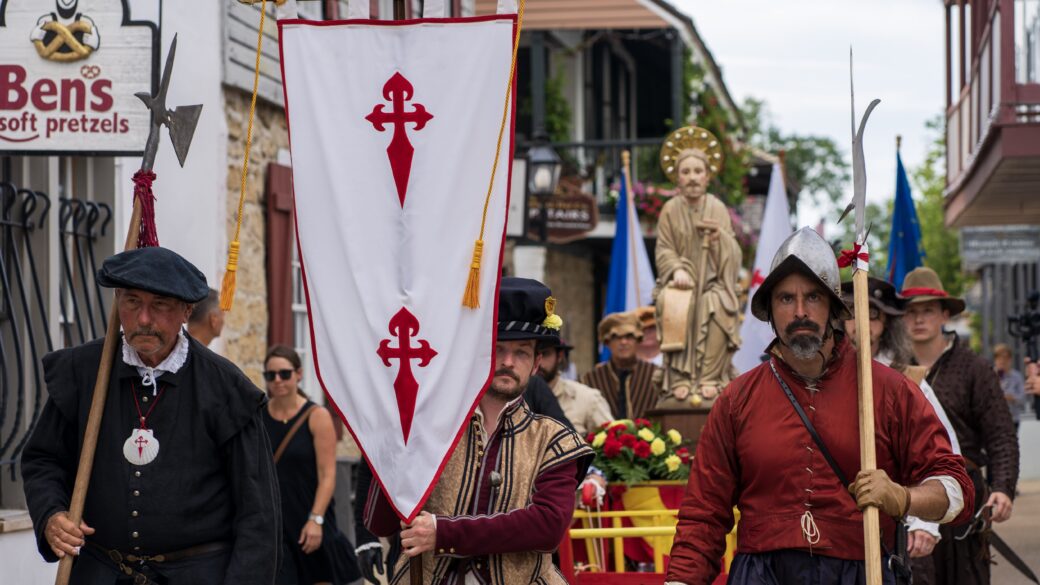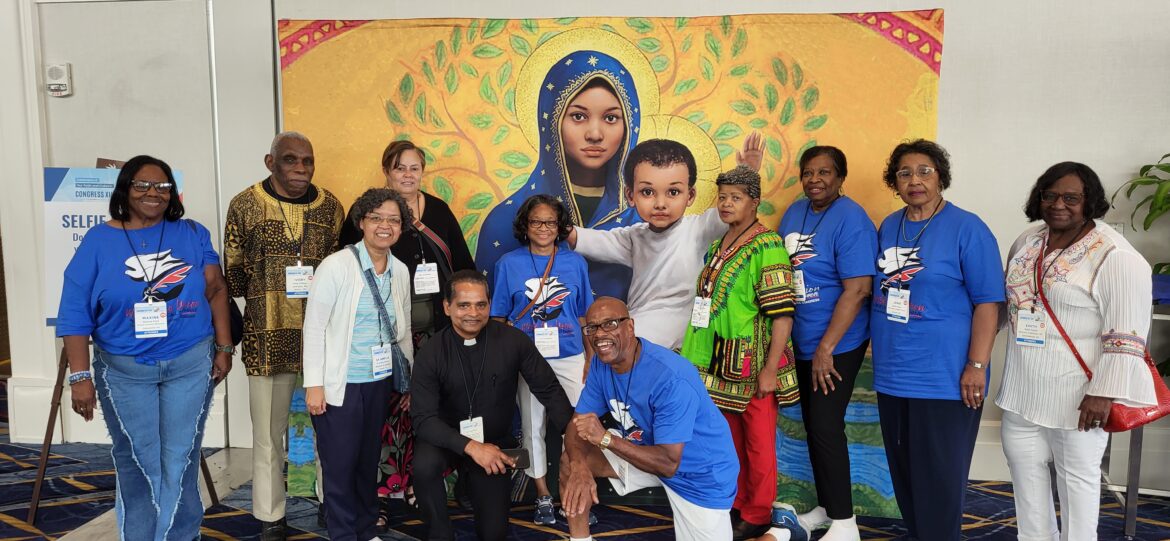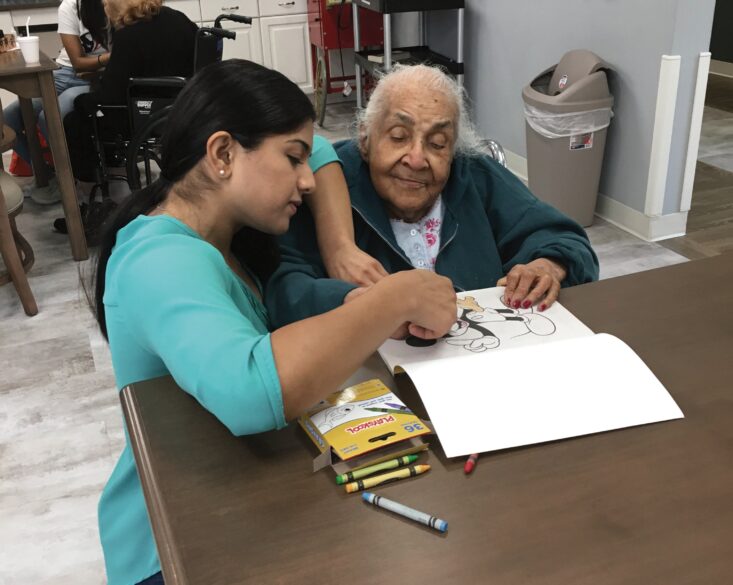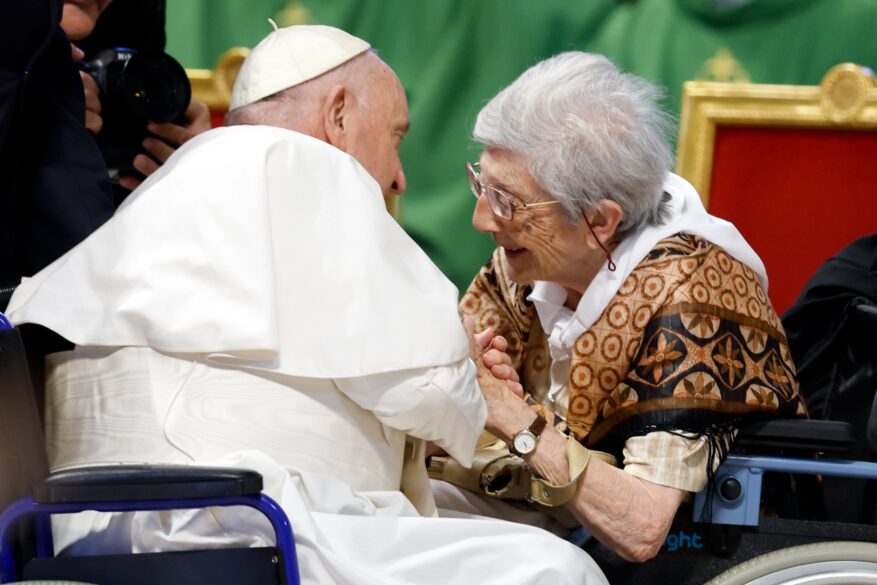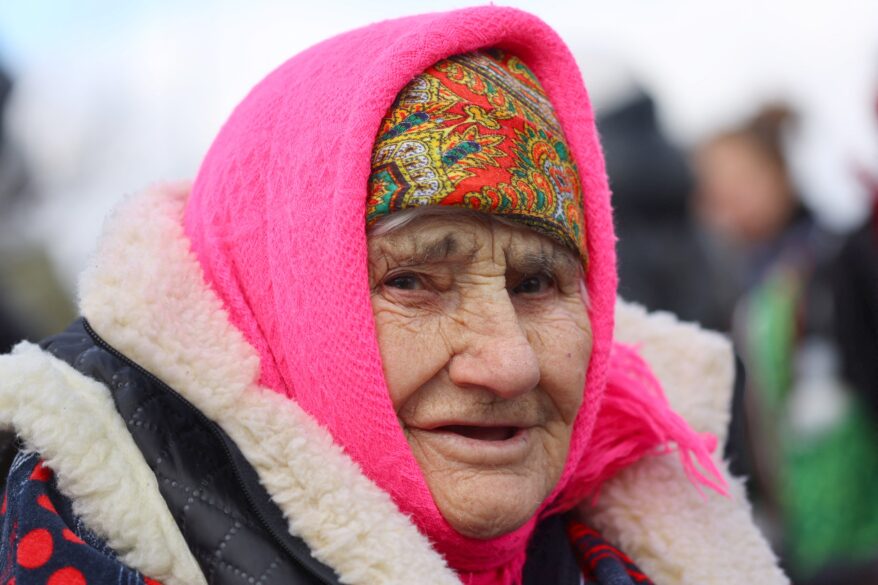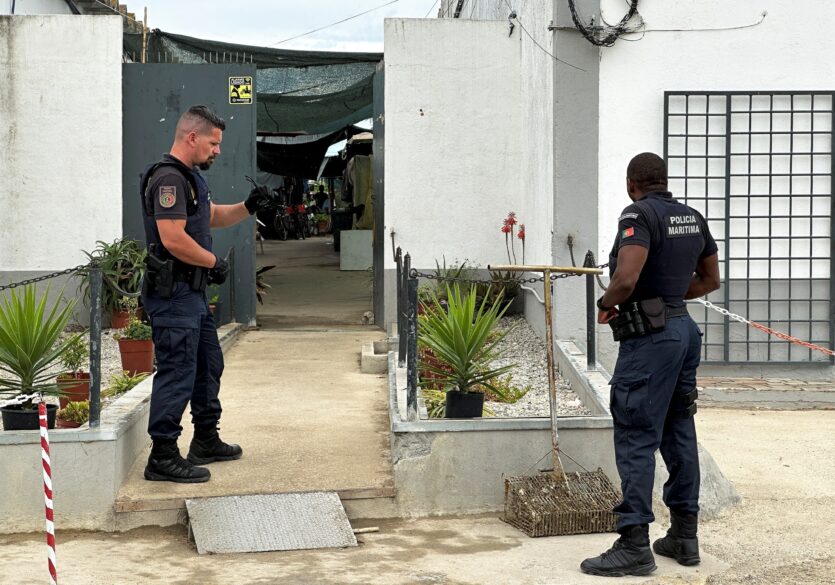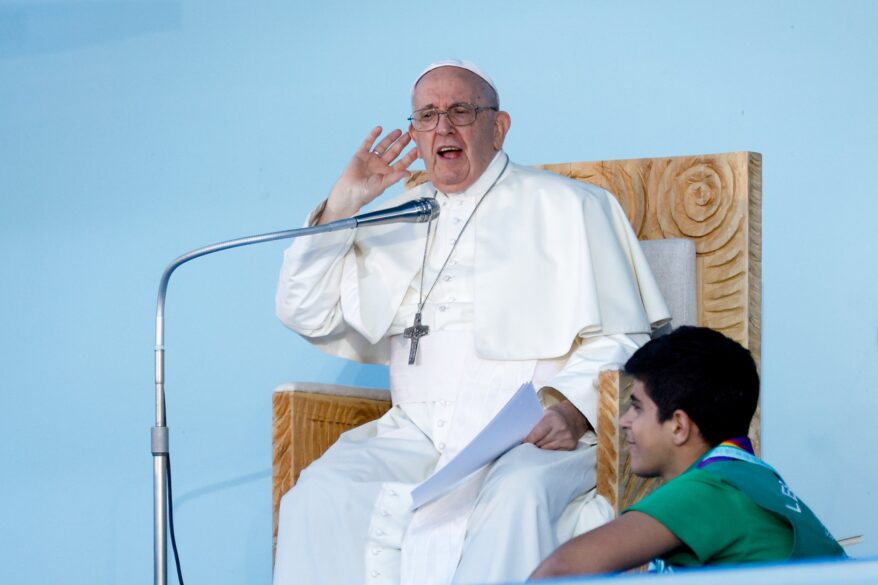Por Justin McLellan
CIUDAD DEL VATICANO (CNS) — El Evangelio llama a los cristianos a poner a los ancianos en el centro de sus vidas y no a marginarlos de las familias, la política, y los mercados financieros que los destierran como “desechos no rentables” de la sociedad, expresó el Papa Francisco.
“No vaya a suceder que, a fuerza de seguir a toda velocidad los mitos de la eficiencia y del rendimiento, seamos incapaces de frenar para acompañar a los que les cuesta seguir el ritmo”, dijo en su homilía durante la Misa del Día Mundial de los Abuelos y de las Personas Mayores en la Basílica de San Pedro el 23 de julio.
“Por favor, mezclémonos, crezcamos juntos”, agregó.
Personas mayores en sillas de ruedas estaban sentadas en la primera fila frente al altar y junto al Papa Francisco. Varios abuelos con niños pequeños estaban dispersos entre las aproximadamente 6,000 personas presentes en la basílica.

“Necesitamos una nueva alianza entre los jóvenes y los ancianos”, señaló el Papa Francisco en su homilía, “para que la linfa de quien tiene a sus espaldas una larga experiencia de vida irrigue los brotes de esperanza de quien está creciendo”.
“En este intercambio fecundo aprendemos la belleza de la vida, construimos una sociedad fraterna, y en la Iglesia, permitimos el encuentro y el diálogo entre la tradición y las novedades del Espíritu”, afirmó.
El cardenal Kevin J. Farrell, prefecto del Dicasterio para los Laicos, la Familia, y la Vida, que organiza el día mundial, fue el principal celebrante en el altar. El tema de la celebración de este año fue “Su misericordia es de generación en generación”, tomado del Evangelio de San Lucas.
En su homilía, el papa relacionó el papel de los ancianos en la sociedad con las tres parábolas que Jesús narra en el Evangelio del día, según San Mateo.
En la primera parábola, el diablo siembra cizaña entre las semillas de trigo mientras el dueño de la casa está dormido, pero en lugar de decir a sus siervos que lo arranquen, permite que crezcan hasta la cosecha por temor a arrancar también el trigo.
“El bien y el mal están entrelazados hasta el punto de parecer inseparables”, señaló el Papa Francisco. Pero, “El cristiano, animado por la esperanza en Dios, no es un pesimista, ni tampoco un ingenuo que vive en el mundo de las fábulas, que actúa como si no viese el mal y dice que ‘todo va bien’”.
“No, el cristiano es realista: saben que hay trigo y cizaña en el mundo”, añadió.
El Santo Padre advirtió sobre la tentación común de crear una sociedad e iglesia “pura” que corre el riesgo de volver a las personas “impacientes, intransigentes, e incluso violentas hacia aquellos que han caído en el error”.
“De esa manera, al arrancar la cizaña también arrancamos el buen trigo y bloqueamos a las personas para que no avancen, crezcan, y cambien”, añadió. En cambio, al “vencer la tentación de separar el trigo de la cizaña, estamos llamados a comprender las mejores formas y momentos para actuar”.
Los ancianos, quienes han “realizado ya un largo trecho en el camino de la vida”, son ejemplos de cómo abrazar la belleza de la vida, así como sus desafíos.
“La ancianidad es un tiempo bendecido también para esto, es la estación para reconciliarse, para mirar con ternura la luz que se expandió a pesar de las sombras, en la confiada esperanza de que el buen trigo sembrado por Dios prevalecerá sobre la cizaña con la que el diablo ha querido infestarnos el corazón”, afirmó el papa.
También recordó la parábola del pequeño grano de mostaza que crece hasta volverse en un gran arbusto donde los pájaros hacen nidos entre sus ramas.
“Al principio somos una pequeña semilla, luego nos nutrimos de esperanzas, cumplimos proyectos y sueños, el más hermoso de los cuales es llegar a ser como ese árbol, que no vive para sí mismo sino que hace sombra para quien la desea y ofrece espacio para quien quiere construir un nido”, añadió el Sumo Pontífice.
Afirmó que los abuelos y los nietos “crecen juntos” como el árbol y los pájaros que se instalan en sus ramas, donde “aprenden el calor del hogar y experimentan la ternura de un abrazo”.
Instando a los ancianos y a los jóvenes a comprometerse unos con otros, el papa se refirió a la parábola de la levadura, en la que una pequeña cantidad de levadura fermenta toda una masa de pan. Alentó a los jóvenes y ancianos a “mezclarse unos con otros” y a “salir de uno mismo para unirse a los demás”.
Esta interacción intergeneracional, afirmó, “vence el individualismo y el egoísmo, y nos ayuda a generar un mundo más humano y fraterno”.
Después de la Misa, cinco personas mayores en la Basílica de San Pedro entregaron simbólicamente una cruz de peregrino a cinco jóvenes que viajarán a la Jornada Mundial de la Juventud en Lisboa, Portugal, que está programada del 1 al 6 de agosto. El gesto representa el compromiso de los ancianos de “rezar por los jóvenes que parten y acompañarlos con su bendición”, de acuerdo a lo manifestado por el Dicasterio para los Laicos, la Familia, y la Vida en un comunicado.
Poco después, el Papa Francisco apareció en la ventana del estudio papal con vista a la Plaza de San Pedro, acompañado de un joven que asistirá a la Jornada Mundial de la Juventud y de su abuela, quienes se encontraban a ambos lados de él. El papa destacó la importancia de un día dedicado a celebrar a los ancianos justo antes de que comience la Jornada Mundial de la Juventud.
“Que la cercanía de estos dos días sea una invitación para promover una nueva alianza entre las generaciones, de la cual hay tanta necesidad; de manera que juntos puedan construir el futuro, compartiendo experiencias y cuidado mutuo entre los jóvenes y los ancianos”, expresó después de rezar el Ángelus.
Haciendo referencia a las fuertes olas de calor en muchos países y las recientes inundaciones en Corea del Sur, el Papa Francisco instó a los gobiernos a actuar concretamente para reducir las emisiones contaminantes, y pidió a las aproximadamente 20,000 personas presentes en la Plaza de San Pedro que no olviden la crisis migratoria en el norte de África que está ocurriendo actualmente.


